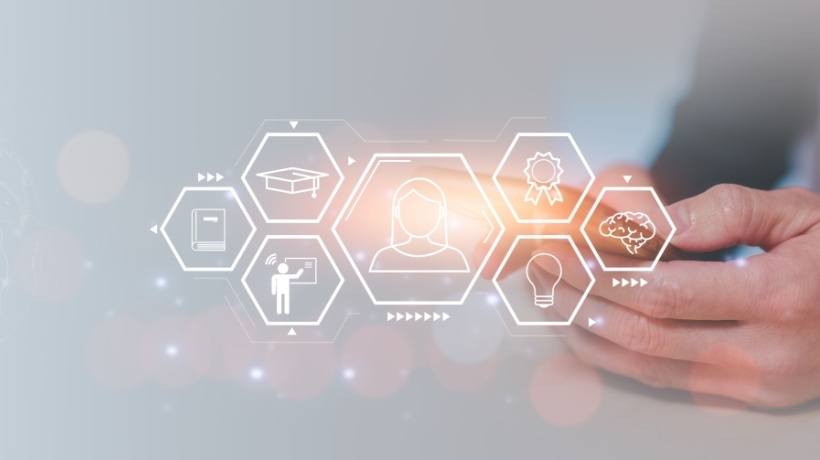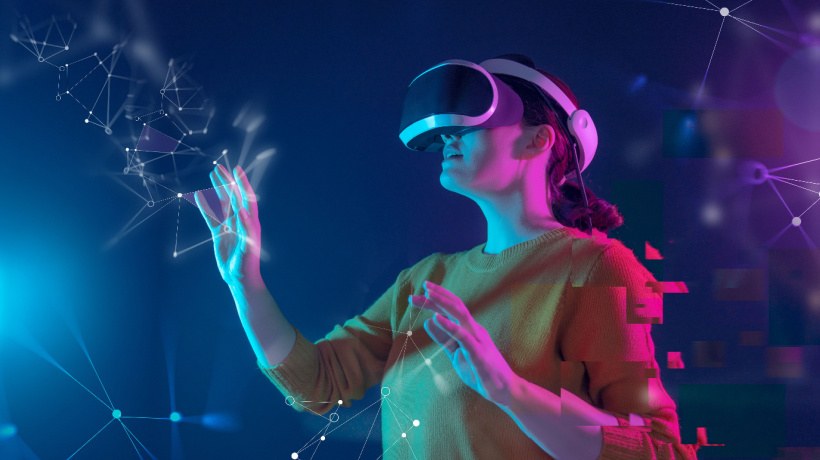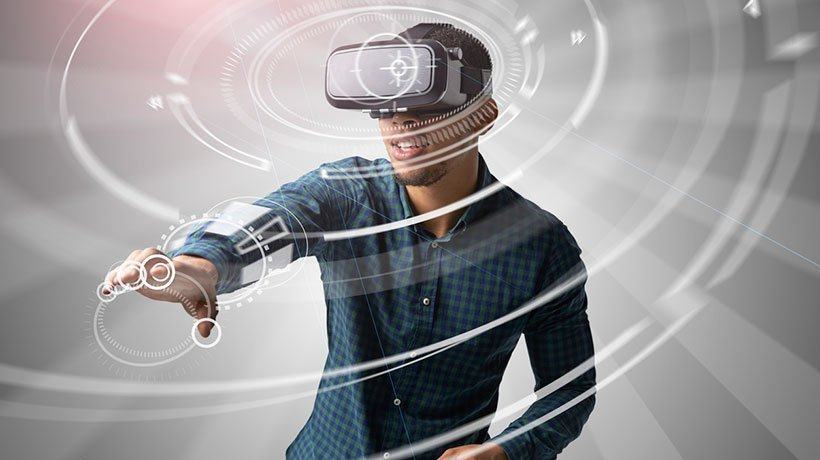Revolutionizing eLearning With AR, VR, And AI
eLearning has been growing rapidly in recent years, and it is expected to continue to grow in the future. This is due to a number of factors, including the increasing availability of high-speed internet, the growing popularity of mobile devices, and the increasing demand for personalized learning. The future of eLearning is here, and it's not what you think; forget about boring lectures and dry textbooks. The future of eLearning is about immersive, interactive, and personalized learning experiences. Thanks to the latest technologies, like Augmented Reality (AR), Virtual Reality (VR), and Artificial Intelligence (AI), learners can now experience things they never could before. They can step inside a virtual classroom, interact with 3D models, and get real-time feedback from their instructors.
AR and VR are like magic for eLearning. They don't just teach; they take you on amazing adventures that you'll remember forever. These cool technologies are getting really popular in many areas, and they're about to change eLearning big time. It's happening soon, and eLearning will never be the same. Get ready for a whole new way to learn! These technologies are not just making learning more fun, they're also making it more effective. Studies have shown that learners who use AR, VR, and AI are more likely to retain information and apply it to their work.
Some Interesting Stats
- According to Grand View Research, the global AR and VR market is expected to reach $597.54 billion by 2030.
- According to Fortune Business Insights, the global AI market is expected to reach $2025.12 billion by 2030.
- 75% of learners are more likely to remember information when they learn it through AR or VR.
- 80% of learners are more engaged in eLearning that uses AI.
- 90% of businesses are planning to invest in AR and VR by 2025.
Benefits Of Using AR, VR, And AI In eLearning
1. Make Learning More Engaging And Immersive
Imagine being able to explore a historical site or dissect a frog without having to leave your classroom. Or being able to practice a new skill, such as surgery or public speaking, in a safe and controlled environment. AR, VR, and AI can create these kinds of immersive learning experiences that can help students learn more effectively and retain information better.
2. Personalize Learning Experiences
AI can be used to tailor learning content and activities to the individual needs of each student. For example, an AI-powered learning system could track a student's progress and provide them with additional support in areas where they are struggling. AI could also be used to create personalized learning paths that match a student's interests and goals.
3. Make Learning More Accessible
AR, VR, and AI can be used to create learning experiences that are accessible to students with disabilities or those who live in remote areas. For example, a student in a rural area could use VR to visit a museum or take a field trip to a foreign country.
4. Help Students Develop Critical Thinking And Problem-Solving Skills
AR, VR, and AI can be used to create simulations and challenges that help students learn how to think critically and solve problems. For example, a student could use an AR simulation to learn how to design and build a bridge, or a VR simulation to learn how to navigate a maze.
How AR, VR, And AI Are Used In eLearning
- Augmented Reality
AR is being used to create interactive textbooks and workbooks. For example, students can use AR to scan a page in a textbook and bring up interactive animations, videos, and simulations. - Virtual Reality
VR is being used to create virtual field trips and lab experiences. For example, students can use VR to visit a historical site or to perform a science experiment in a safe and controlled environment. - Artificial Intelligence
AI is being used to create personalized learning paths and content. For example, AI can track student progress and recommend additional resources to help them succeed.
Some Specific Examples Of AR, VR, And AI In eLearning
- Duolingo
A popular language-learning app that uses AR to allow learners to practice speaking and listening to a foreign language in a virtual environment. - Google Earth VR
A free VR application that allows users to explore the world from a bird's-eye view. It can be used to teach students about geography, history, and culture. - Labster
A VR platform that provides students with access to virtual science labs where they can perform experiments and learn about scientific concepts. - Immerse
A VR platform that allows students to practice speaking and listening to a foreign language with native speakers. - DreamBox Learning
An AI-powered math-learning platform that personalizes the learning experience for each student.
The Future Of eLearning
The future of eLearning is bright. AR, VR, and AI are all rapidly evolving technologies, and they have the potential to revolutionize the way we learn. As these technologies become more affordable and accessible, we can expect to see them used more and more in eLearning. In the future, eLearning is likely to become more immersive, interactive, and personalized. Learners will be able to experience different environments and situations, and they will receive real-time feedback on their work. AI will be used to automate tasks and personalize learning, freeing up human instructors to focus on more creative and strategic tasks.
eLearning apps are already changing the way we learn, and the future is even more exciting. AR, VR, and AI are just a few of the technologies that are poised to revolutionize education. As these technologies continue to develop, we're on the brink of witnessing a surge in innovative and highly effective methods of learning.
Conclusion
The future of eLearning is an exciting frontier where AR, VR, and AI are driving educational transformation. As these technologies continue to evolve and integrate, the boundaries of traditional education will blur, making learning more engaging, accessible, and personalized than ever before. Educators and learners alike should embrace these innovations to unlock the full potential of education in the 21st century. The journey has just begun, and the opportunities ahead are truly limitless.









